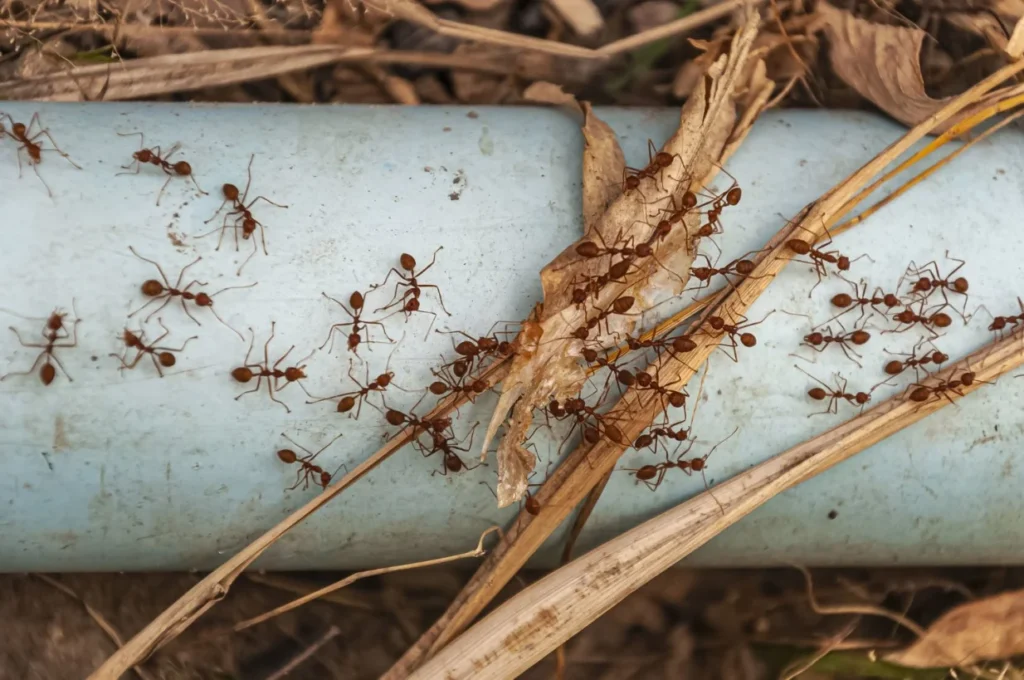In every home, the kitchen is the heart of daily life, a place where meals are prepared, memories are made, and conversations flow. However, nothing disrupts this space quite like an invasion of ants. These persistent little creatures march across countertops, invade pantries, and make meal preparation a frustrating challenge. While commercial sprays and chemical-based solutions are available, many homeowners prefer safer, natural alternatives to keep their cooking spaces free of pests.
Why Ants Invade Kitchens
Ants enter homes seeking food, moisture, and shelter. Even the tiniest crumb or a few drops of spilled juice can attract them. Kitchens provide a near-endless buffet of attractants, from sticky honey jars to open pet food containers. Understanding why ants get in helps in preventing and eliminating them effectively.
Among the most common culprits are sugar ants, odorous house ants, and pavement ants, all of which have a keen sense of smell and an ability to squeeze through the smallest gaps. If one ant finds a food source, it leaves behind a pheromone trail, signaling to the rest of the colony that a feast awaits.
Effective Home Remedies for Ants in the Kitchen
When facing an ant problem, natural solutions can be just as effective as chemical methods—without the health risks associated with toxins. Here are some of the most reliable home remedies for ants:
1. White Vinegar Spray
White vinegar is one of the simplest and most effective ways to repel ants. Its strong smell disrupts their pheromone trails, preventing them from returning.
- Mix equal parts white vinegar and water in a spray bottle.
- Spritz it along entry points, countertops, sink areas, and places where ants frequent.
- Repeat daily until ants stop appearing.
2. Lemon Juice Solution
Lemon juice works similarly to vinegar by confusing ant scent trails. Its high acidity also creates an inhospitable environment for ants.
- Squeeze fresh lemon juice and mix with an equal amount of water.
- Apply with a cloth or spray bottle around cracks, under appliances, and near entryways.
- Replace every few days to maintain effectiveness.
3. Baking Soda and Sugar Trap
A combination of baking soda and sugar serves as a homemade ant bait. The sugar attracts ants, while the baking soda interferes with their digestive system.
- Mix equal parts baking soda and sugar.
- Sprinkle the mixture near ant trails and places where they enter.
- Ants take it back to their nest, helping eliminate the colony gradually.
4. Essential Oils for Repelling Ants
Certain essential oils contain strong scents that deter ants without harming humans or pets. Some of the best options include:
- Peppermint oil: Mix 10 drops with a cup of water and spray around problem areas.
- Tea tree oil: Add a few drops to cotton balls and place them near entryways.
- Lemon eucalyptus oil: Known for its insect-repelling properties, this oil can be diluted with water and applied to surfaces.
Reapply these natural solutions every few days to maintain their effect.
5. Using Cinnamon as a Barrier
Cinnamon acts as a natural deterrent with its strong aroma.
- Sprinkle ground cinnamon along windowsills, doorways, and kitchen corners.
- Use cinnamon essential oil diluted in water as a spray for kitchen surfaces.
Since cinnamon loses its potency over time, refresh these areas regularly.
6. Diatomaceous Earth: A Natural Ant Killer
Diatomaceous earth (DE) is a fine powder that dehydrates and kills ants upon contact. It's non-toxic to humans and pets but lethal to insects.
- Use food-grade diatomaceous earth and sprinkle it around baseboards, under sinks, and near dry pantry areas.
- Avoid using it in damp places, as moisture reduces its effectiveness.
7. Coffee Grounds
Used coffee grounds have strong odors that confuse ants. Simply scatter them in outdoor entry points, around foundation cracks, and near windowsills.
Since coffee grounds absorb odors over time, replace them as needed.
Preventing Future Ant Infestations
Cleaning up an ant problem once is helpful, but prevention is key to keeping them from returning.
- Keep countertops clean: Wipe up spills immediately, especially sugary substances.
- Seal food containers: Invest in airtight containers for grains, sugar, and pet food.
- Take out the trash regularly: Garbage bins attract ants, so empty them frequently.
- Fix leaks: Standing water from a dripping faucet can provide ants with a water source.
Additionally, incorporating greenery indoors can add to your home’s aesthetic while repelling pests naturally. Consider tall indoor plants for small spaces to enhance décor while maintaining an ant-free environment.
Sealing Entry Points to Keep Ants Out
Ants often enter through tiny cracks and gaps. A thorough inspection of potential entry points can significantly reduce future invasions.
- Use caulk to seal gaps around doors, windows, and baseboards.
- Apply weather stripping on doors to remove space where ants slip through.
- Consider natural deterrent barriers like citrus peels or bay leaves along windowsills.
Proper sealing, combined with diligent cleaning, can significantly cut down on infestations.
When to Consider Professional Help
If ant infestations persist despite using home remedies, it may be time to call a professional. Some species, like carpenter ants, indicate deeper structural problems if left unchecked.
If DIY solutions aren’t enough, pest control experts can identify colonies, locate nests, and employ targeted treatments that eliminate ants at the source.
Final Thoughts
Using home remedies for ants provides a safe, effective, and eco-friendly way to reclaim a kitchen from unwanted pests. Whether through natural deterrents like vinegar and cinnamon or preventative measures such as sealing entry points, there are various ways to address the problem without resorting to harsh chemicals. By staying proactive, homeowners can maintain a clean, ant-free kitchen where meals are prepared with confidence, and family time remains uninterrupted.



